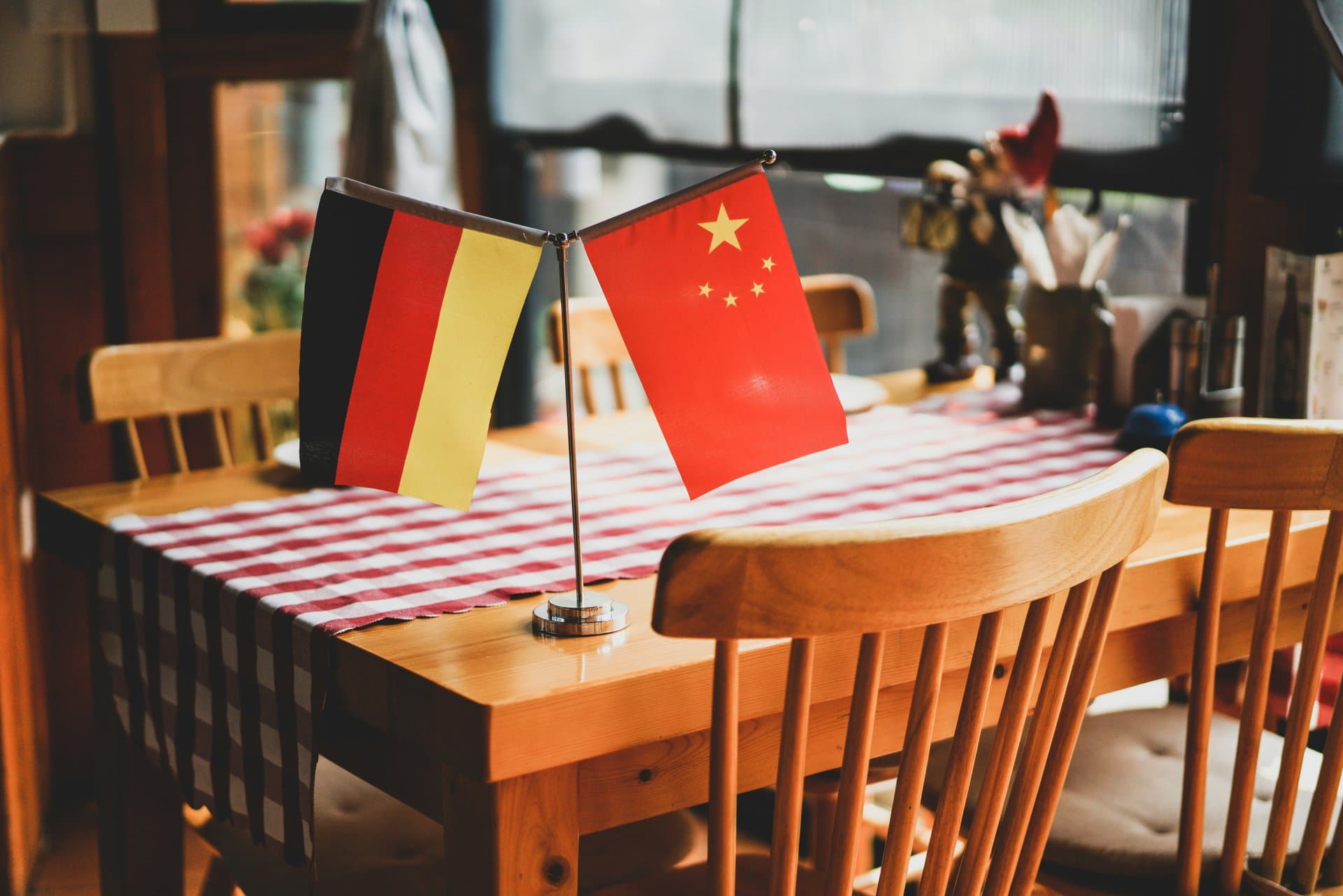How China Is Closing In as Germany’s Top Trading Partner in 2025
Explore how China is rapidly narrowing the trade gap with the U.S. as Germany’s largest trading partner in 2025, reshaping global commerce and economic strategies with impactful shifts in exports and imports.

Key Takeaways
- China is rapidly closing the gap with the U.S. as Germany’s top trading partner in 2025.
- German exports to the U.S. declined amid renewed tariffs, while imports from China surged.
- Germany pursues ‘de-risking without decoupling’ to balance economic ties and political concerns.
- A record 40 billion euro trade deficit with China highlights shifting trade dynamics.
- China’s undervalued yuan and redirected trade flows bolster its position in German markets.

In the shifting sands of global trade, 2025 marks a pivotal year for Germany’s economic relationships. Preliminary data reveals China is closing in fast on the United States as Germany’s largest trading partner, a title the U.S. reclaimed only in 2024 after an eight-year Chinese streak. This narrowing gap isn’t just numbers on a page—it’s a story of tariffs, political recalibrations, and the intricate dance of global supply chains. German exports to the U.S. have dipped amid renewed tariffs under the Trump administration’s legacy, while imports from China have surged, fueled by cheaper goods and a weaker yuan. Germany’s strategy under Chancellor Friedrich Merz aims to reduce risks without severing ties, reflecting a nuanced approach to economic interdependence. This article unpacks the key forces behind this trade shift, challenges common myths about decoupling, and offers insights into what this means for Germany’s economy and beyond.
Tracking Germany’s Trade Shift
Imagine a seesaw where the United States and China vie for the top spot as Germany’s biggest trading partner. In the first half of 2025, that seesaw nearly tipped in China’s favor. German trade with the U.S. totaled about 125 billion euros, just edging out China’s 122.8 billion euros. But the gap is razor-thin, and the trend lines tell a story of change. German exports to the U.S. have fallen 3.9% year-over-year, dragged down by renewed tariffs set at 15% for most products. Meanwhile, imports from China surged 10.7%, reaching 81.4 billion euros. This surge isn’t just a blip—it reflects German companies and consumers finding it tough to replace Chinese goods. The numbers reveal a subtle but powerful shift in Germany’s trade landscape, where the U.S. holds on by a thread while China’s presence grows stronger.
Navigating Tariffs and Trade Tensions
Tariffs often get a bad rap as trade villains, but they’re more like economic speed bumps—sometimes slowing traffic, sometimes rerouting it. The return of Donald Trump to the White House brought back tariffs that have cooled German exports to the U.S., with Commerzbank forecasting a 20% to 25% drop over two years. These tariffs are a double-edged sword: they protect some domestic industries but also strain international partnerships. German exporters feel the pinch, especially in sectors like automotive and machinery, where the U.S. market is vital. Yet, tariffs haven’t pushed Germany to sever ties with China; instead, Berlin is walking a tightrope, balancing political concerns with economic realities. This dance of tariffs and trade shows that protectionism doesn’t always mean isolation—it often means recalibration.
Understanding Germany’s ‘De-risking’ Strategy
Germany’s approach to China isn’t a cold shoulder but a cautious handshake. Chancellor Friedrich Merz champions ‘de-risking without decoupling,’ aiming to reduce strategic vulnerabilities while keeping economic doors open. Think of it as trimming the branches without uprooting the tree. Over 5,000 German companies operate in China, underscoring deep supply chain ties and long-term investments. Despite political rhetoric and EU probes into unfair subsidies, German firms largely plan to maintain or even expand their presence. This strategy reflects a pragmatic acknowledgment: China remains indispensable for intermediate goods, electronics, and machinery imports. Germany’s balancing act is a lesson in nuance—recognizing risks without burning bridges, a stance that challenges the myth that geopolitical tension means economic divorce.
Decoding the Trade Deficit Dynamics
A trade deficit often sounds like a financial red flag, but it’s more like a complex ledger entry with stories behind the numbers. Germany’s trade deficit with China hit a record 40 billion euros in early 2025, second only to 2022’s peak. This deficit stems from a sharp 14.2% drop in exports to China, coupled with soaring imports. German exporters face fierce competition from Chinese manufacturers, squeezing their market share. Meanwhile, the undervaluation of the yuan against the euro makes Chinese goods cheaper, flooding German shelves with affordable products. This dynamic fuels consumer demand but also stokes industrial anxieties. The deficit isn’t just a statistic—it’s a symptom of shifting global supply chains and competitive pressures that Germany must navigate carefully to protect its industrial backbone.
Forecasting Germany’s Trade Future
Looking ahead, the trade tug-of-war between China and the U.S. for Germany’s top spot is poised to intensify. Experts predict that China will likely overtake the U.S. as Germany’s largest trading partner by late 2025, driven by continued export declines to the U.S. and rising imports from China. This shift will ripple through sectors differently: automotive and machinery firms emphasize preserving Chinese market access, while others push for stronger trade defenses against alleged unfair competition. Germany’s role as Europe’s largest economy means its trade decisions will influence broader EU policies, especially around ‘de-risking’ versus ‘decoupling.’ The evolving landscape challenges the myth that economic ties can be easily severed for political reasons. Instead, it reveals a complex web of interdependence, strategy, and adaptation shaping the future of global trade.
Long Story Short
Germany’s trade tango with China and the U.S. in 2025 is more than a scoreboard update—it’s a reflection of evolving economic realities and strategic balancing acts. While tariffs have cooled German exports to the U.S., China’s role as a supplier of affordable goods and a vital market remains robust despite political headwinds. The record 40 billion euro trade deficit with China underscores the complexity of these ties, where industrial interdependence clashes with calls for fair competition. Germany’s ‘de-risking without decoupling’ mantra captures the delicate tightrope walk between safeguarding national interests and embracing global commerce. For businesses and policymakers alike, understanding these dynamics is crucial to navigating the future. The story unfolding here will ripple through Europe and the global economy, reminding us that in trade, as in life, relationships are rarely black and white but painted in shades of pragmatism and opportunity.